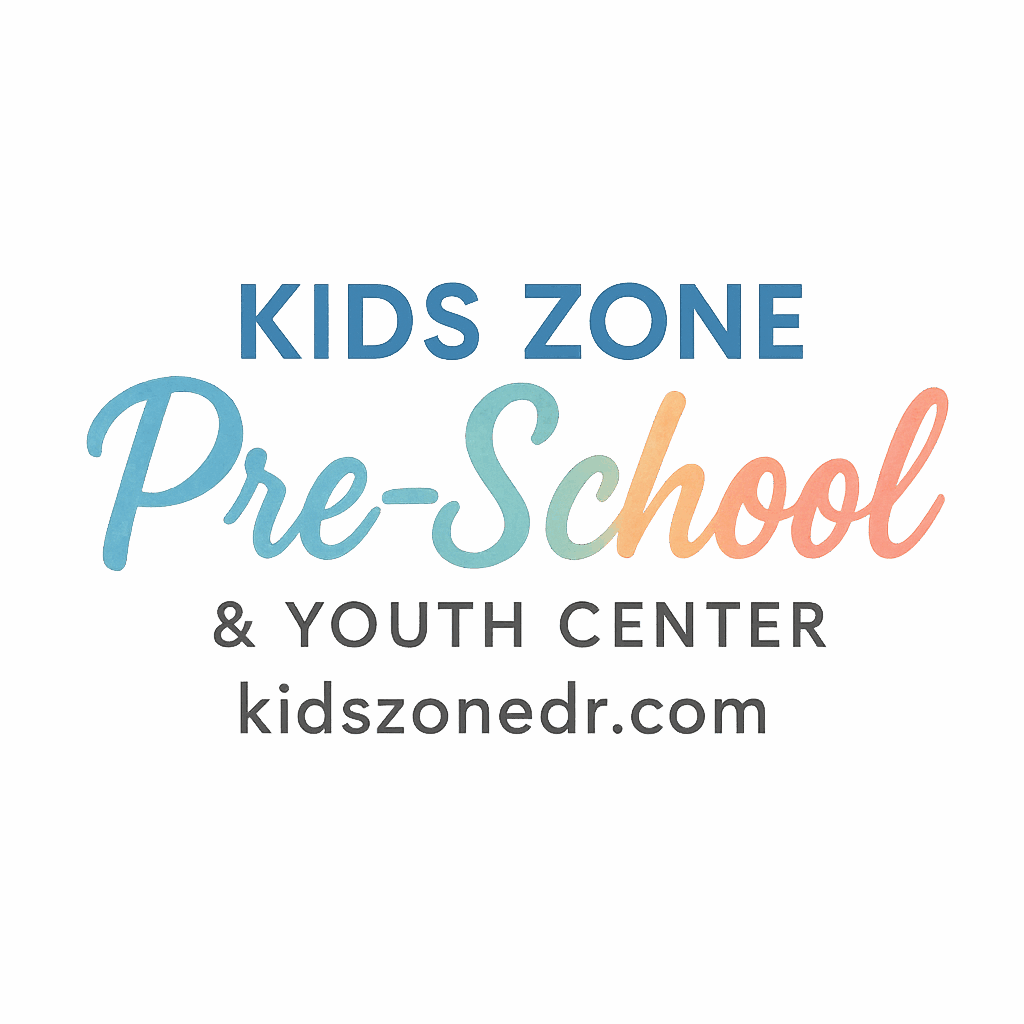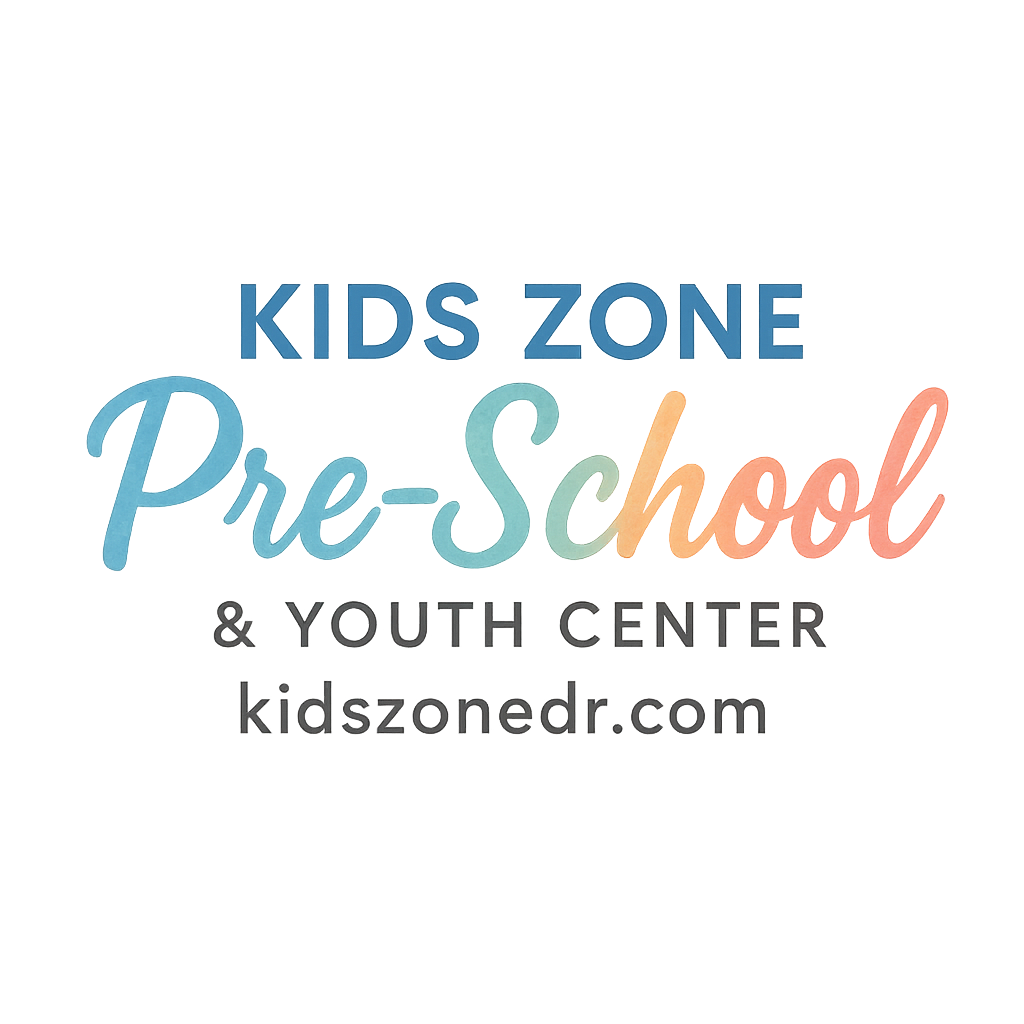Introduction: Why Yoga Works for Kids
If you’ve ever watched kids bouncing with energy, you know how hard it can be to channel that enthusiasm into calm, focused play. That’s where yoga steps in. Preschool & youth center yoga poses for calm play aren’t about perfect alignment or holding difficult postures. Instead, they’re about fun, connection, and teaching kids to breathe, slow down, and move with intention.
Yoga gives children tools to handle big emotions, reduce stress, and improve focus—all while having fun. Imagine a classroom where children are flapping their “butterfly wings” or growing tall like a “tree.” That’s the beauty of yoga—it blends imagination with movement.
The Benefits of Calm Play in Preschool & Youth Centers
Boosting Emotional Regulation
Young children often struggle with emotions like frustration, excitement, or worry. Calm play through yoga helps them practice breathing and body awareness, which leads to smoother transitions between activities and fewer meltdowns.
Encouraging Healthy Physical Growth
Preschool yoga builds flexibility, balance, and coordination. It strengthens tiny muscles and improves posture—important for overall growth and development.
Building Focus and Mindfulness
Simple poses like Tree Pose or Child’s Pose encourage stillness. Kids learn that slowing down can be just as fun as running around. This practice builds patience, focus, and mindfulness, setting them up for success in both play and learning.
Preparing Kids for Yoga Practice
Creating a Safe and Inviting Space
Whether in a preschool classroom or a youth center, yoga works best in a calm, clutter-free space. Mats or soft rugs help kids feel grounded. Soft music or natural light can set the tone.
Using Stories, Songs, and Props
Children thrive on imagination. A butterfly pose turns into a garden adventure. A star pose becomes a twinkling night sky. Props like scarves or picture cards can make sessions more interactive.
Establishing Simple Daily Routines
Adding yoga to a preschool daily routine helps children expect calm play as part of their day. Just 5–10 minutes is enough to create a consistent rhythm.
The 5 Preschool & Youth Center Yoga Poses for Calm Play
1. Butterfly Pose (Baddha Konasana)
How to Teach Butterfly Pose to Kids
Sit on the floor, bring the soles of the feet together, and let knees fall to the sides. Encourage kids to flap their knees like butterfly wings.
Benefits of Butterfly Pose
- Opens hips and stretches inner thighs
- Encourages creativity through pretend play (“What color are your wings today?”)
- Promotes relaxation and grounded breathing
2. Cat-Cow Pose (Marjaryasana-Bitilasana)
How to Teach Cat-Cow Pose to Kids
On hands and knees, alternate arching the back (Cat) and lifting the chest (Cow). Kids can meow and moo, making it fun and memorable.
Benefits of Cat-Cow Pose
- Improves spine flexibility
- Builds awareness of breath with movement
- Releases energy while staying calm
3. Tree Pose (Vrksasana)
How to Teach Tree Pose to Kids
Stand tall, place one foot on the opposite ankle or calf (avoid the knee), and balance while raising arms like branches.
Benefits of Tree Pose
- Enhances balance and focus
- Builds patience through playful wobbling
- Encourages self-confidence

4. Child’s Pose (Balasana)
How to Teach Child’s Pose to Kids
Kneel, sit back on the heels, and stretch arms forward while resting the forehead on the ground. Kids can imagine they’re a “tiny turtle in its shell.”
Benefits of Child’s Pose
- Calms the nervous system
- Relieves tension and anxiety
- Creates a sense of safety and stillness
5. Star Pose (Five-Pointed Star)
How to Teach Star Pose to Kids
Stand with feet wide apart, stretch arms out, and shine bright like a star. Encourage kids to twinkle or sway gently.
Benefits of Star Pose
- Strengthens arms, legs, and core
- Builds confidence in taking up space
- Inspires creativity and imagination
Integrating Yoga into Preschool Daily Routines
Short Sessions vs. Longer Practice
For preschoolers, shorter yoga sessions—around 5–10 minutes—work best. Longer youth center classes can gradually extend to 20 minutes, weaving stories with movement.
Making Calm Play a Habit
Repetition matters. Adding yoga before storytime, after recess, or during transitions creates predictable calm moments that children look forward to.
Parental Guidance and Involvement in Yoga Play
Extending Calm Play at Home
Parents can try simple poses at home, turning bedtime or morning routines into bonding moments. Explore more about parental guidance and involvement to strengthen family routines.
Strengthening the Parent-Child Connection
Yoga provides a shared language of movement. Whether parents and kids pretend to be trees or stars together, it deepens trust and emotional connection.
Health, Safety, and Wellness in Yoga for Kids
Keeping Yoga Safe for Preschoolers
Safety comes first. Gentle guidance, soft flooring, and avoiding extreme stretches ensure yoga stays safe and fun. Learn more about health and safety in preschool for extra tips.
Encouraging Healthy Habits Alongside Yoga
Pair yoga with healthy eating habits and good sleep routines for a full-circle wellness approach.
Growth and Development Beyond Yoga Poses
Supporting Cognitive Growth
Yoga boosts brain development by improving memory and concentration. These skills support preschool learning and development in daily activities.
Boosting Confidence Through Movement
Mastering a balance pose or staying still in Child’s Pose builds self-esteem. Yoga becomes a playful way to celebrate small wins and big milestones.
Tips for Teachers and Youth Center Leaders
Using Calm Play for Group Harmony
Yoga can be a game-changer during transitions or after high-energy activities. Teachers can use it to help groups reset and return to focus.
Storytelling and Yoga Fusion
Blending yoga with storytelling keeps kids engaged. For example, a jungle story might include “lion’s breath” or a forest adventure with Tree Pose and Butterfly Pose.
Conclusion: Calm Play as a Path to Lifelong Wellness
Yoga isn’t just about stretching—it’s about teaching children balance, mindfulness, and calmness. With simple preschool & youth center yoga poses for calm play, kids can release energy, find focus, and build emotional resilience. Whether at school, in a youth center, or at home, yoga offers children a joyful path toward wellness, confidence, and growth.
For more inspiration on kids’ development, routines, and wellness, explore:
FAQs
1. What age can kids start practicing yoga?
Preschool yoga can start as early as age 3 with simple poses and storytelling.
2. How long should a kids’ yoga session last?
For preschoolers, 5–10 minutes is ideal. Older children in youth centers can enjoy up to 20 minutes.
3. Do kids need yoga mats?
Not necessarily. Mats, rugs, or soft flooring work well to keep kids safe and comfortable.
4. Can yoga help with classroom behavior?
Yes! Yoga reduces restlessness, increases focus, and helps children transition smoothly between activities.
5. Is yoga safe for all children?
Yes, as long as poses are gentle and supervised. Avoid forcing flexibility—yoga for kids should always feel fun and comfortable.
6. How can parents join in yoga play?
Parents can model simple poses like Tree or Butterfly, making it a playful bonding activity at home.
7. Can yoga support emotional wellness in kids?
Absolutely. Yoga teaches self-regulation, reduces anxiety, and builds confidence, helping kids grow emotionally strong.


